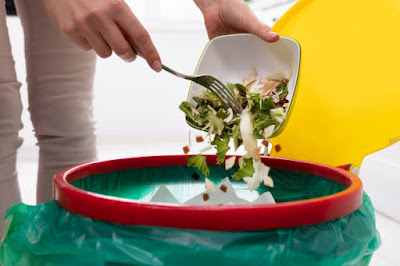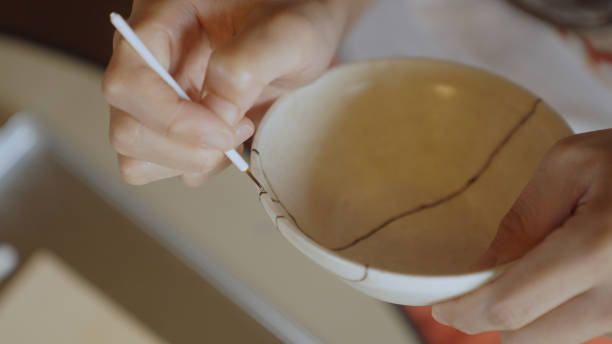Introduction:
Food Waste to Porcelain Japanese
industries are pioneering sustainable solutions through the development of
innovative materials sourced from discarded resources. These materials span a
wide spectrum, ranging from repurposed food waste to reclaimed porcelain
shards. In this article, we delve into the diverse range of sustainable
materials emerging in Japan and their potential to reshape industries and
contribute to a greener society.
Repurposing Food Waste for Robust
Building Materials:
Food waste has become a global
concern, and Japan is no exception. Two companies have taken a creative
approach to combat Food Waste to Porcelain by transforming it into new
materials with remarkable properties.
a. Strength Beyond Concrete: The first
company has engineered a material stronger than concrete from discarded food
and substandard vegetables. By drying, pulverizing, and thermocompressing food
waste, they have developed a material with four times the bending strength of
concrete. This versatile material can be used for furniture and holds promise
as a sustainable building material.
b. Rice Paper Revival: Another company
has developed a unique paper using rice, Japan's staple Food Waste to Porcelain.
By using rice flour mixed with traditional paper-making ingredients, they've
produced a paper reminiscent of Japan's rich cultural heritage. This innovative
material, inspired by ukiyo-e paintings, offers a distinct white color and a
smooth texture.
Substandard Cloth Transformed into Natural Textured Material:
In the Japanese fashion industry,
strict quality standards often result in the rejection of large quantities of
cloth. One forward-thinking company has seized the opportunity to upcycle this
substandard cloth into a natural-textured material using plant-derived resin.
a. Natural Feel and Versatility: This
new material is created by layering substandard cloth with sheets of resin,
followed by thermocompression. The result is a versatile material that can
mimic wood, with the added ability to replicate the look of natural stone or
wood grain. This newfound versatility opens up opportunities in construction
and interior design.
Cardboard
Reimagined with Porcelain Shards
When transporting porcelain products
in modern Japan, corrugated cardboard is the preferred packaging material.
However, a company in a city renowned for porcelain production has devised an
ingenious solution by incorporating crushed porcelain shards into the
cardboard-making process.
a. Circulating Resources: This
innovative cardboard, mixed with porcelain shards, is used as packaging for
porcelain products, creating a closed-loop system that reduces waste in the
porcelain production hub.
Conclusion:
These uniquely Japanese sustainable
materials are a testament to the country's commitment to addressing waste-related
challenges. By reimagining discarded resources, Japan is taking significant
steps toward a more sustainable and eco-friendly future. These materials not
only solve immediate problems but also present opportunities for various
industries, promising a greener and more efficient society.



.jpg)



